Kaiserslautern on Facebook
On the official Facebook page of the city of Kaiserslautern, the press office posts relevant administrative topics but also other information about Kaiserslautern and life in the city.

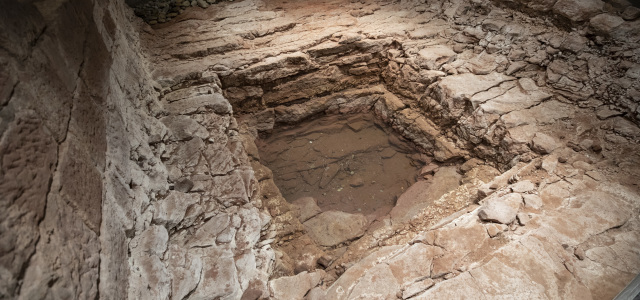
The mikveh was unearthed by chance during extension work on the Kreissparkasse bank in Altenhof. It still has a groundwater inlet, though it had been filled with cultural debris from the period around 1400, following the Jewish community's expulsion from Kaiserslautern in 1398.
Click here for details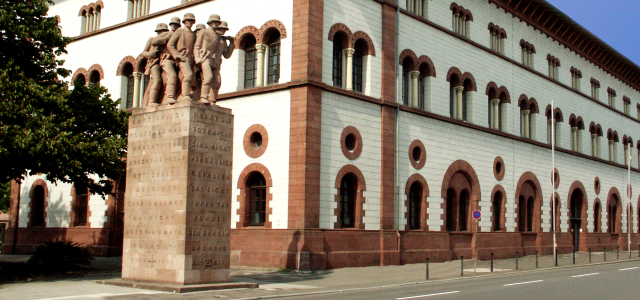
The "23er Denkmal" was erected in 1930/31 to commemorate 3963 soldiers killed in World War 1 from the 23rd Bavarian Infantry Regiment. The official inauguration took place on June 12th 1931. The monument was designed by the sculptor Sepp Mages.
Click here for details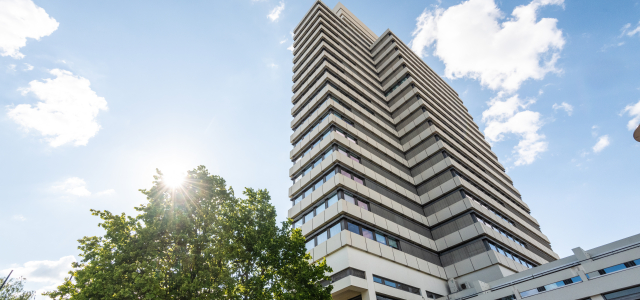
The City Hall, which is 84 meters high, is one of the most prominent of the city’s landmarks. An extensive panoramic view of the city - as far as the Palatinate Forest - can be had from the restaurant 'twentyone' on the 21st floor.
Click here for details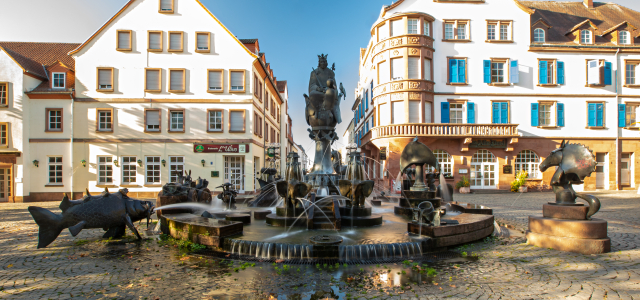
There is no better place for an entertaining view of Kaiserslautern’s turbulent history than the Kaiserbrunnen. This monumental fountain is the work of the local sculptor Gernot Rumpf. Made of bronze and sandstone, it was completed in 1987.
Click here for details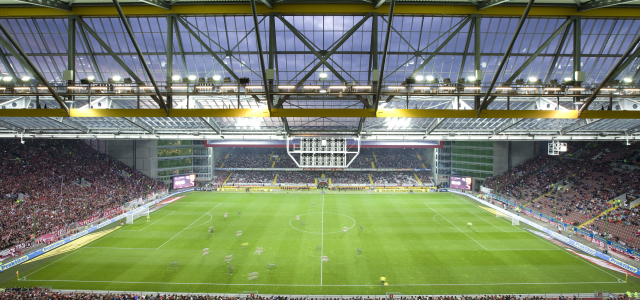
High above the city towers the Fritz Walter Stadium. This was originally called the Betzenberg Stadium after the hill on which it stands. The stadium is the home of F.C. Kaiserslautern, and it is one of the most attractive football grounds in Germany, boasting one of the best atmospheres.
Click here for details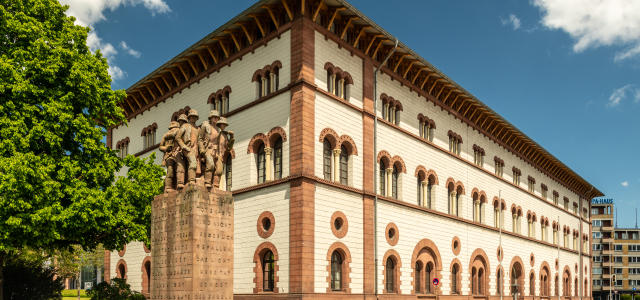
This hall, the work of architect August von Voit, was built between 1843 and 1846 in Renaissance style, after the Palazzo Medici in Florence, and was originally used as a market hall. Today concerts and large social events are held here.
Click here for details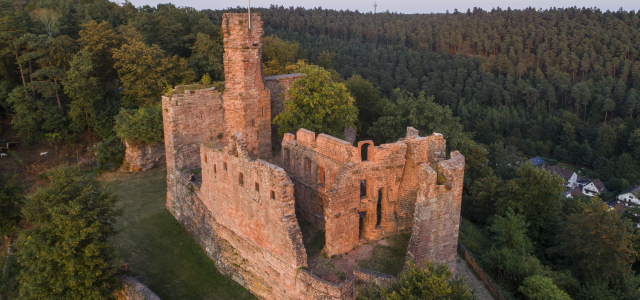
Visible from afar, this striking testimony to Staufian architecture lies on the spur at the end of a ridge. The steep path to the castle leads from the center, past the Rochus Chapel through some mature trees up to the extensive, 376 meter-high Schlossburg plateau.
Click here for details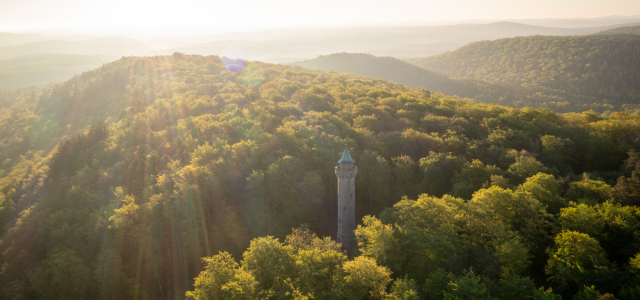
If you would like a visual view over the City, you can climb the Humberg Tower, located in the southern outskirts of Kaiserslautern. The observation platform is at a height of 28.16 meters above the ground. The total height of the tower is 35.77 meters.
Click here for details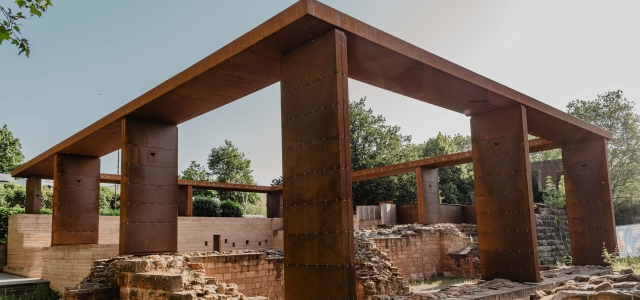
Unfortunately both don't exist any longer - neither the Imperial Palace nor the renaissance castle. But the spectacular building hasn't fully disappeared. The ruins which were given a roof and christened the "Pfalzgrafensaal" (Count Palatine Hall) are well worth seeing, and can be visited on guided tours.
Click here for details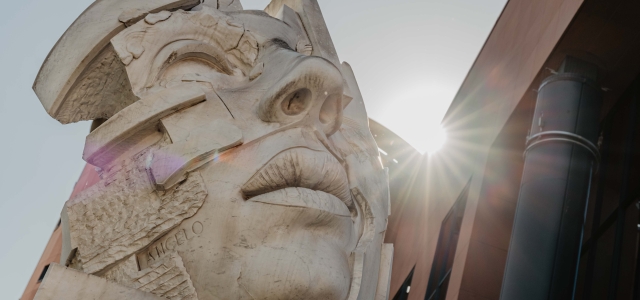
In the immediate neighbourhood of the steel and concrete architecture of City Hall is the imposing sandstone structure of the Palatinate Theatre, flanked by two masks in Carrara marble.
Click here for details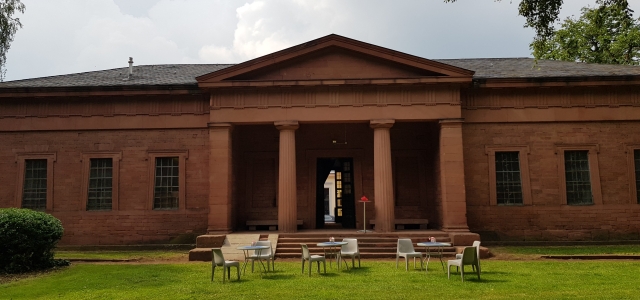
The Peace Chapel was built from 1832 to 1835 as a corpse house. Not accepted by the population as such, it subsequently served for various purposes. Currently the chapel is rented to the Volkshochschule Kaiserslautern, which operates the building as a socio-cultural meeting place with a versatile offer.
Click here for details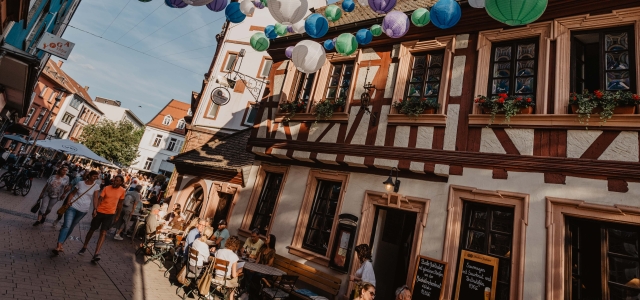
Kaiserslautern's historic Spinnrädl restaurant was first mentioned on a map dating back to 1742. It is one of the oldest surviving timber-framed houses in the City and is situated in the city center, not far from Stiftsplatz and Schillerplatz.
Click here for details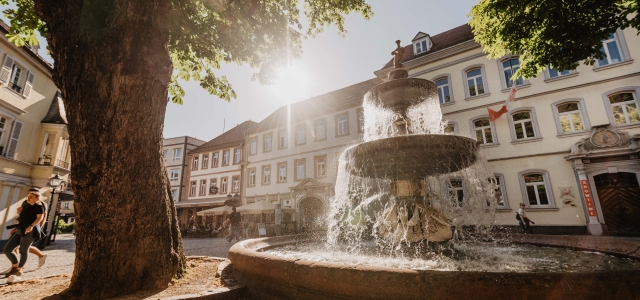
The pretty "Martinsplatz” is the gateway to the old city. It is one of the loveliest open spaces in the City of Kaiserslautern. The special charme of the square is due to the 18th and 19th century buildings, the fountain and the old trees.
Click here for details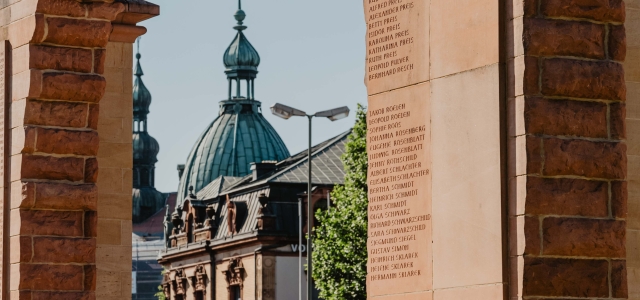
The religious building, inaugurated in 1886, stood as the most significant Palatinate synagogue for 52 years. The main architectural feature of Moorish-Byzantine-style, 37-metre-high building was the cupola with its four small corner turrets. The Nazis destroyed the synagogue in the late summer of 1938, even before Kristallnacht took place.
Click here for details